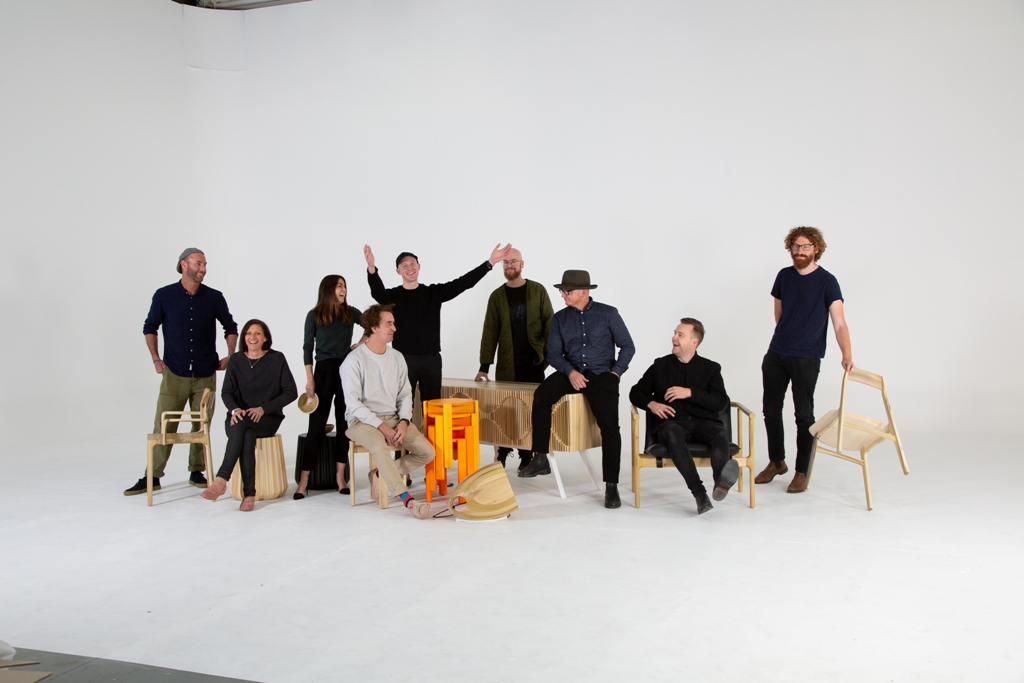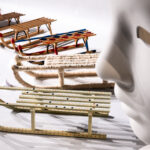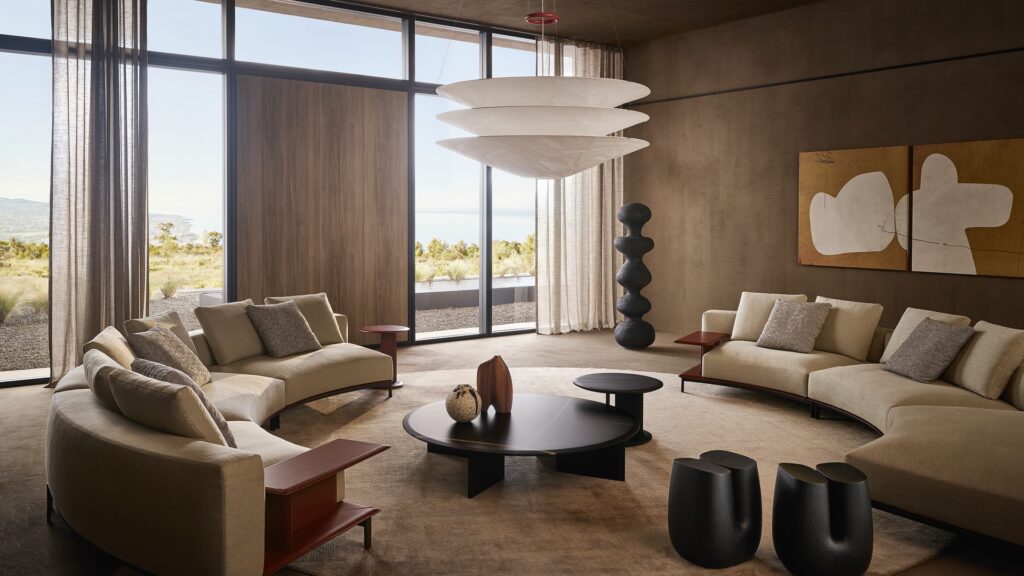8 australian designers, took on a creative challenge launched by AHEC – American Hardwood Export Council which asked to replace the wood that they use or have used for their projects, with the American tulipwood

The reason: to promote the use of tulipwood, which is still little known in Australia, even though it is one of the most beautiful and most easily processed wood in the United States and widely used in Europe.The designers: Coco Reynolds, Anne-Claire Petre, Jon Goulder, Adam Goodrum, Tom Skeehan, Adam Markowitz, Ross Gardam e Dowel Jones.

Adam Goodrum chose to recreate his iconic Molloy chair, a solid timber piece composed of eight elements that seamlessly jigsaw together. “The color variation in American tulipwood gives a further opportunity to accentuate the different components.” – he adds. “.

Adam Markowitz’s Flea Chair in tulipwood can be lifted with a single finger whilst being strong enough to support the intense stresses which a leaning human body can place upon it. The lighter tones and softly spoken grain of the tulipwood will further help to express its subtle curvature and simple minimalism.

Anne-Claire Petre who reinterpreted the poufs Emi states: “In a world where throwaway culture has become predominant, it is of utmost importance to have an environmental approach to design and manufacturing. Using sustainable timbers in furniture is the least we can do”.

Simon Says Low Stool by Dowel Jones was re-imagined in American tulipwood. Famous for its lightness, strength and ability to contain stains, this natural material is also a perfect canvas for the application of color.

John Goulder’s Glissando Credenza has taken on a ‘whole new look and meaning’ in tulipwood, and become a ‘capsule of environmentally responsible furniture production and philosophy’.

“As designers and manufacturers we need to think ahead and analyze the environmental impact of our products. The Dome wall hooks are typically made from American walnut or oak, two very common species used in the furniture industry in Australia, says Marz Designs. “Using tulipwood in this project demonstrated the versatility and workability of this particular material, as well as encouraged the use of other potential species”.

Ross Gardam similarly found the replacement of the American oak of his classic ‘Oak Pendant’ with tulipwood emphasized joins in the design which were secondary in the original product. The grain structure of the American tulipwood accentuates these joins.

The materiality is at the fore in Tom Skeehan’s Hoshi collection – American tulipwood naturally has a lot of character and it has been interesting to see how this has in turn changed the chair’s character. The timber can have huge variation in figure and color. [A.M.]
www.americanhardwood.org














